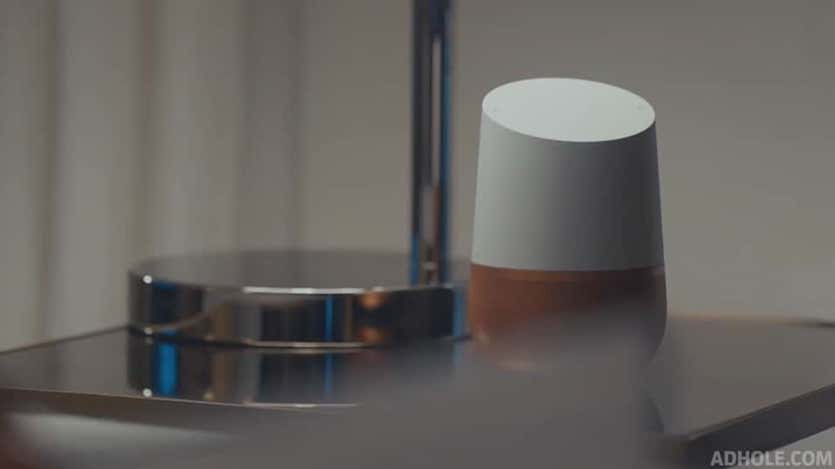The price for 30-second spots during Super Bowl LI passed $5 million in 2017, an incredible sum of money for just a single commercial airing. Still, the Super Bowl reaches more consumers than any other television broadcast on an annual basis by far, with the latest contest drawing 111.3 million viewers, down slightly from the past several years, but still an enormous number. While Super Bowl advertising is reserved mainly for the wealthiest and largest companies, smaller companies can learn a few lessons from how people respond to the expensive advertising spots. Just as the Big Game is the ultimate contest for the NFL teams involved, it’s also the ultimate showcase for the biggest advertising agencies to show off their most high-profile work.
Every year, the game produces a few big winners for marketing agencies, a solid number of hits, and a lot of failed attempts or downright poorly planned commercials, despite the “best and brightest” minds in advertising working on them. I think examining the reasons for success and failure is a valuable way to gain insight into video advertising in general and how brands can take advantage of lessons learned on someone else’s dime. As always, though, what works for many viewers doesn’t work for others, just like storytelling in general. For instance, despite its multicultural message, the Google Home commercial was a dud to me personally because of its documentary-style production values, cheesy patriotism, and total lack of humor.
For Super Bowl commercials, context is everything and largely determines how people view the spot. Given the right tone, an emotional or sentimental commercial can work with many viewers, but according to the Director’s Guild of America between 75% and 85% of all commercials are comedic in intent. During the Super Bowl, people are gathered with friends and family, often of diverse social and political backgrounds, and the best types of commercials are comedy, not only because comedy works in general, but because people expect funny Super Bowl commercials. To me, the Michelin commercial was equally lame, showing a bunch of random people in mundane situations, having really nothing to do with tires. With the potential for something “cool” or funny, the ad just left me feeling annoyed at the wasted opportunity.
A huge benefit of producing commercials in general, whether for the Super Bowl or anywhere else, is the opportunity to repurpose them and draw attention to them on social media, YouTube, and other avenues. A key question advertisers should be asking is, “Will people share this commercial? Will they want their friends to see it?” If the answer is, “Definitely not,” why make it at all? Who is going to share the Michelin commercial? Who would even enjoy watching it one time? The Google Home commercial is the same for me as I found both to be completely useless commercials and giant duds during what should be the best commercials of the year. Neither one had impressive production values, either, which bothers me as a viewer when I fully understand it cost them twenty times more to buy the ad space than to make the commercial. Neither commercial made the Top 10 on USA Today’s Ad Meter ratings, no surprise.
Not much can be analyzed from the “5 worst” Super Bowl commercials according to Ad Meter because the placements seem less likely to be because of poor advertising and more because of lack of interest. All four of the bottom commercials and 4 out of the worst 5 rated were commercials for mobile games, despite the production values of the commercials being incredibly high and with celebrity cameos thrown into the mix, too. Most likely, viewers simply didn’t care about the apps being advertised, so the vast majority of people had no interest in the commercials, either. The only real lesson is to make sure to align your advertising dollars with consumers you want to reach who are receptive to your type of product or service. For instance, advertising a home goods product on HGTV is a great move, but advertising women’s beauty products during a male-dominated TV show is a waste of the ad budget.
Stay tuned Friday for Part 2 and an examination of the BEST commercials from Super Bowl LI and how you can emulate them!

